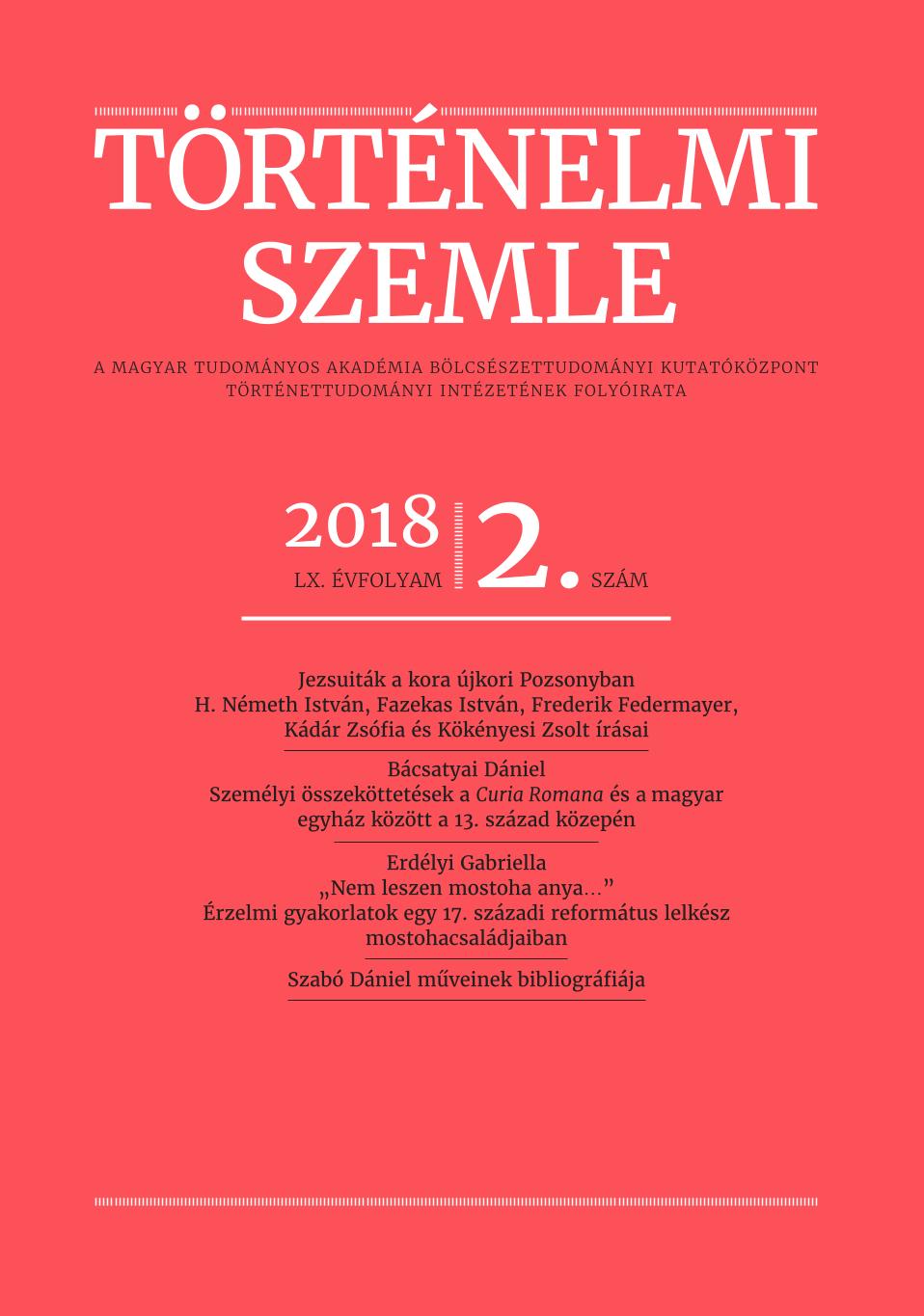A mohácsi Törökdomb
The Törökdomb of Mohács
Author(s): Norbert Pap, Pál Fodor, Máté Kitanics, Tamás Morva, Gábor Szalai, Péter GyenizseSubject(s): Military history, 16th Century
Published by: Magyar Tudományos Akadémia Bölcsészettudományi Kutatóközpont Történettudományi Intézet
Keywords: Hungarian-Ottoman military history; historical memory; landscape history
Summary/Abstract: This paper addresses issues related to Törökdomb, the memorial place built by the Ottomans on the battlefield after the battle of Mohács, which has perished over time. In this battle, the army lead by Hungarian and Czech King Louis II encountered the troops of Sultan Suleiman I. 12-15 thousand people lost their life in the battle on the Christian side, including the king and 5-6 thousand Czech infantrymen. The artificial hill was erected in Roman times next to a military road, but it gained special importance as a legendary site only after the battle in 1526, where Sultan Suleiman prayed for victory and watched the battle. The hill has played an important role as a memorial place for several centuries, which has undergone significant changes over time. Research into the battle of Mohács and the military landscape raises a complex set of problems; among other things, the scene of the battle is hotly debated. The findings of studies relying on historical sources, old maps, previous archaeological documentations, folk memory and on-site geographical investigations can pave the way not only for a more realistic assessment of the military landscape, but they can reveal much about the social changes of the last 500 years as well as the changing views on the battle and Hungarian identity.
Journal: Történelmi Szemle
- Issue Year: 2018
- Issue No: 02
- Page Range: 325-345
- Page Count: 21
- Language: Hungarian

